To introduce the expansive, rich chronology contained within it, Knoll: A Modernist Universe opens with a moment of reflection from Florence Knoll: "We were always so much more than a furniture manufacturing company," she remarked. "We were about good design."
Indeed, the designer who shaped and helmed Knoll during its seminal first decades had exacting ambitions for the fledgling furniture company, committed to her vision of an all-encompassing ethos of design. Reed Kroloff, director at the Cranbrook Academy of Art and Art Museum, elaborates on the influence of Florence Knoll: "She ran the Planning Unit. She designed the showrooms. She created KnollTextiles. Her designs filled the catalogs. Her planning process wooed corporate clients," he wrote.
"But beyond even all of this, she brought her company a roster of talent that was simply unprecedented. The list is startling even now: Harry Bertoia, Niels Diffrient, Ralph Rapson, Eero Saarinen, Richard Schultz, Marianne Strengell, even Ludwig Mies van der Rohe. To this day, Knoll's collections represent a virtual who's who of modernism."
And so began the Knoll constellation.
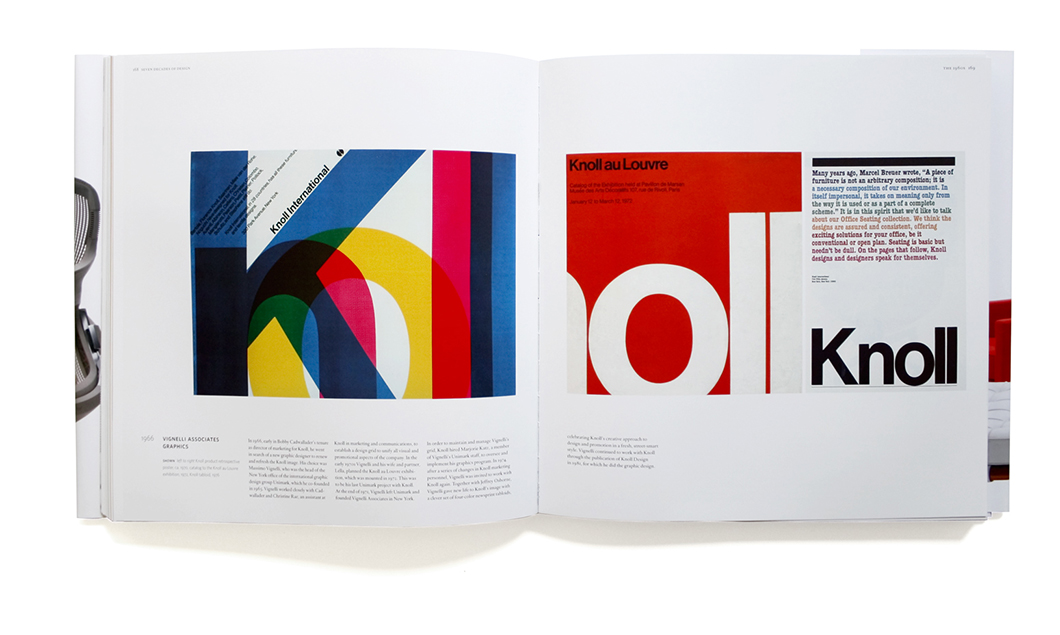
Painstakingly researched and packed with rare photographs and illustrations, Knoll: A Modernist Universe is a Rizzoli publication written by historian and former Knoll employee Brian Lutz and designed by Brooklyn-based graphic design studio MGMT. The book maps the influence and innovation of the company in every realm it touched: furniture design, interior architecture, graphic design, and textiles. From the 1940s to the 2000s and beyond, the web of artists, designers, and architects that interacted with Knoll thickened and expanded; from the Bauhaus to the Cranbrook Academy of Art, philosophies and methods converged to result in a timeless catalog of furniture design.
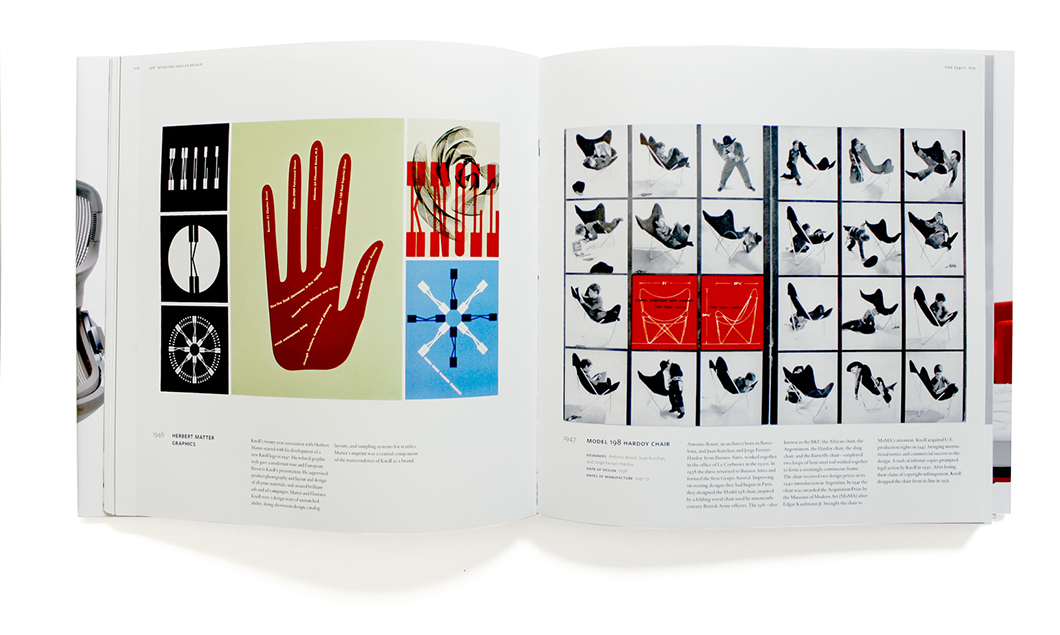
From the very beginning, the influence of Knoll was not limited to its experiments in modern furniture. Its founders identified advertising, packaging, and graphic design as visible extensions of Knoll's modernist ethos. From the radical typography of Swiss photographer Herbert Matter to the keen schematics of Italian designer Massimo Vignelli, Knoll has become globally recognizable simply in the styling and hue of its name. Printing brochures on broadsheets and configuring price lists in logical grids, the company constantly tested new, unapologetic methods of marketing and presenting products.
In 1954, for instance, Knoll presented its furniture collections and their applications in corporate settings by publishing the Index of Contemporary Design, a color-coded, spiral-bound volume of modernist living. The integrated designs of Knoll showrooms across the country similarly presented an unprecedented, immersive approach to selling furniture.
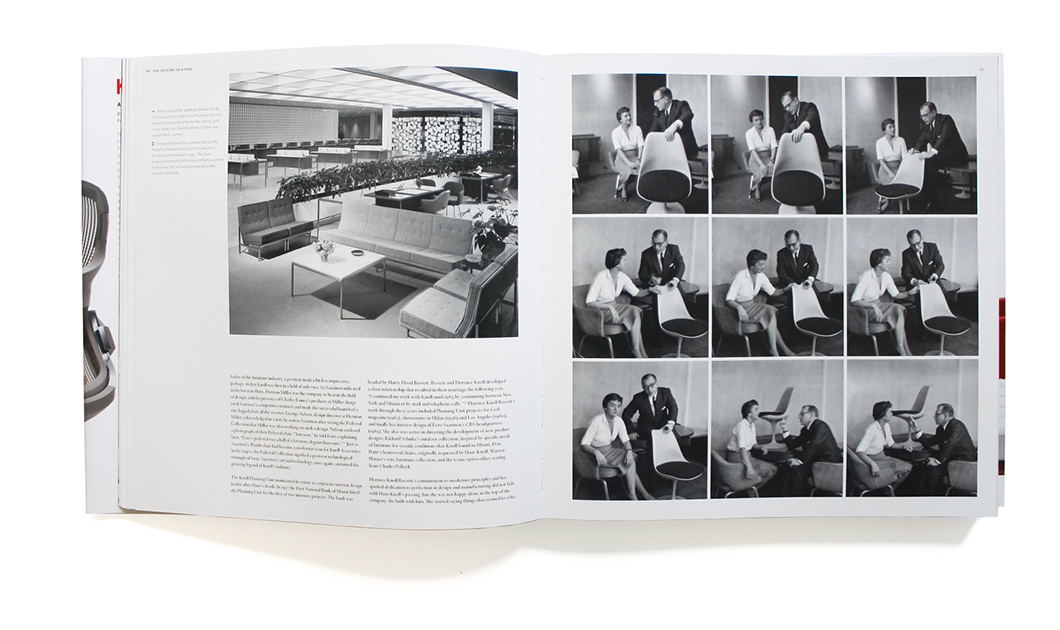
With the development of the in-house Planning Unit and the introduction of technology-driven furniture collections, Knoll constantly identified and evolved new modes of both working and living, an ambition it still holds today. Designs by Florence Knoll and Mies van der Rohe upturned preconceptions of the corporate office and introduced timeless modernism to workplaces and homes. Lutz's chronology charts the steady addition of designers, office systems, and furniture lines to Knoll's robust constellation, always with an eye towards the deep, historical roots of the brand.
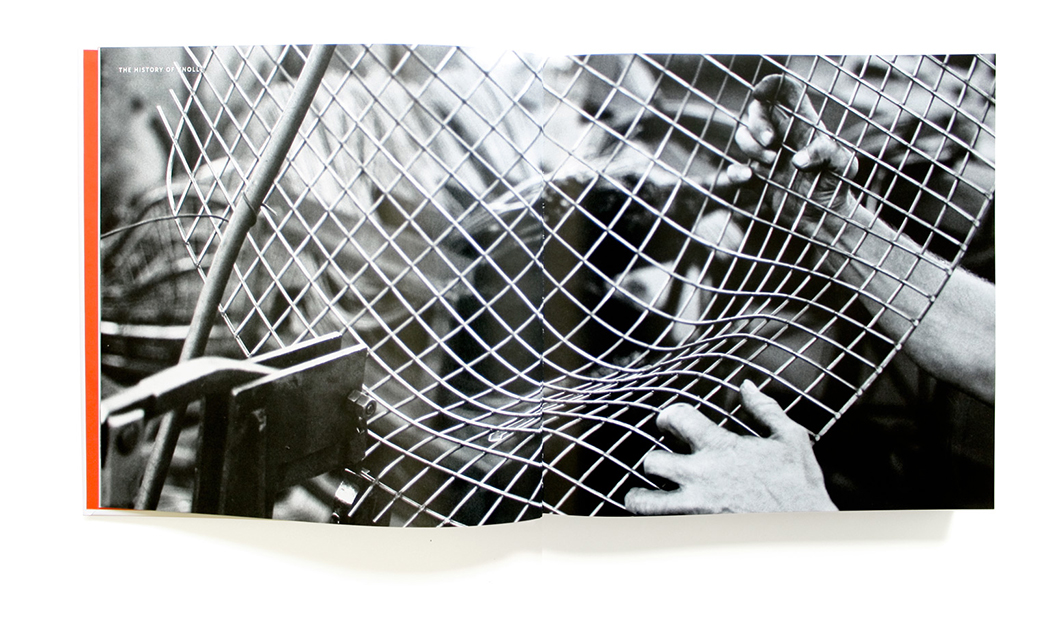
As archival images give way to crisp shots of contemporary products, Knoll: A Modernist Universe reminds the reader of the company's insatiable bent for experimentation. From the ergonomic products of famed industrial designers like Richard Sapper and Don Chadwick to the luxurious collections of KnollTextiles, both new and old, the company has repeatedly found ways to combine the best of the past with the brightest of the future.
Under the leadership of Creative Director Dorothy Cosonas, for instance, KnollTextiles partnered with emerging fashion designers such as Proenza Schuler and Rodarte to create its award-winning Luxe Collection, while reintroductions of archival designs by Anni Albers and Ezther Haraszty have proven that good design never goes out of style.
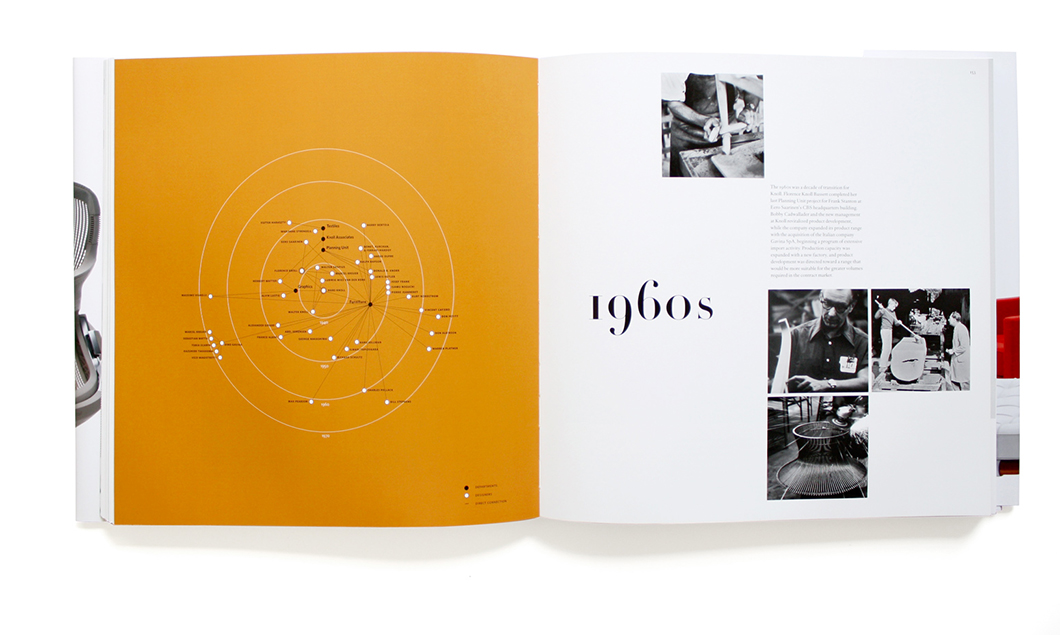
In its careful balance of time-tested classics and daring prototypes, Knoll has nearly eight decades of design, of all kinds, to celebrate.
"In the end, that sense of timelessness is what one thinks about when thinking about Knoll," writes Kroloff. "Even as the company has changed over the years, its catalog of products by leading architects and designers has continued to be its front line. Their designs, which build upon the legacy of the company's founders, more often than not, have simply become Knoll. And they will remain that way."
Images courtesy of MGMT Design.
Photographs by Harry Zernike.























